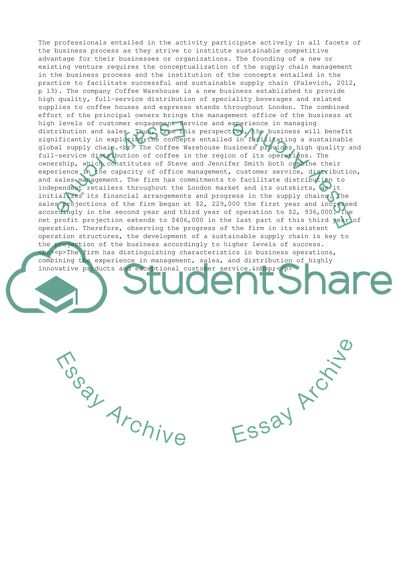Cite this document
(“Sustainability for the Future Global Supply Chain Essay”, n.d.)
Sustainability for the Future Global Supply Chain Essay. Retrieved from https://studentshare.org/business/1664197-sustainability-for-the-future-global-supply-chain
Sustainability for the Future Global Supply Chain Essay. Retrieved from https://studentshare.org/business/1664197-sustainability-for-the-future-global-supply-chain
(Sustainability for the Future Global Supply Chain Essay)
Sustainability for the Future Global Supply Chain Essay. https://studentshare.org/business/1664197-sustainability-for-the-future-global-supply-chain.
Sustainability for the Future Global Supply Chain Essay. https://studentshare.org/business/1664197-sustainability-for-the-future-global-supply-chain.
“Sustainability for the Future Global Supply Chain Essay”, n.d. https://studentshare.org/business/1664197-sustainability-for-the-future-global-supply-chain.


